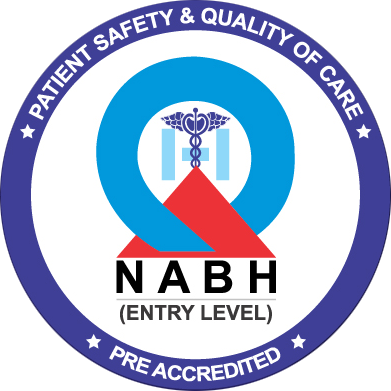
Retinopathy of Prematurity (ROP) is a kind of serious eye disorder that primarily affects premature babies. The survival rates of preterm babies have increased with experts and advanced technology in neonatal care, but ROP remains an important concern for many people.
Let’s explore the many aspects of ROP, offering useful data and perceptive analysis to parents, carers, and medical professionals.
Overview and causes of ROP
ROP is the condition that affects the retina, the layer in the back of the eye that is sensitive to light. It happens when the blood vessels are abnormal and grow and spread through the retina, which leads to spots and separation of the retina, which can make you blind or blind.
Causes and risk factors
- Preterm delivery and low birth weight: The main risk factor for ROP is preterm delivery, especially before 31 weeks of pregnancy, and having a birth weight of less than 1500 grams.
- Oxygen therapy: High levels of oxygen used to treat respiratory distress syndrome in premature babies can contribute to the development of ROP.
- Other factors: Infection, respiratory distress, and changes in blood oxygen levels can increase the risk of ROP.
Guards, signs, and inspections
ROP guidelines:
ROP is divided into five stages, from mild (Stage 1) to severe (Stage 5), where Stage 5 is characterized by complete retinal detachment. Early stages can be corrected independently, but severe cases require medical intervention to treat vision loss.
Signs and symptoms:
ROP often has no warning signs that birth attendants can see. Regular eye exams are important for children at risk for early ROP. Symptoms of advanced ROP may include abnormal eye movements, white eyes, and difficulty tracking objects.
Inspection and testing:
- Screening: Premature babies are usually screened for ROP between 4 and 9 weeks after birth. The frequency of follow-up tests depends on the initial detection.
- Examination: An ophthalmologist uses an ophthalmoscope to examine the baby’s retina. The screening process is important for early detection and treatment.
Guidance and guidance of birth attendants
Treatment options:
- Laser Treatment: ROP is commonly avoided by using laser treatment, which reduces the formation of abnormal blood vessels.
- Cryotherapy: The layers of the retina are frozen in this process to prevent the formation of abnormal blood vessels.
- Anti-VEGF injections: These injections offer a way to stop the formation of aberrant blood vessels by stopping the protein called VEGF (vascular endothelial growth factor), which promotes the formation of new blood vessels.
Macretina Hospital is a leading NABH-certified eye care center in Central India, specializing in retina treatments. Supported by a skilled team of doctors and using advanced technology, Macretina Hospital ensures each patient receives top-quality, personalized care. The hospital is managed under the specialization of Dr. Pratik Mahajan, who mastered retinal detachment surgeries during his fellowship under Dr. Nagpal at the Retina Foundation in Ahmedabad.
The conclusion
Retinopathy of Prematurity (ROP) remains a serious concern in premature babies, but understanding its causes, levels, and treatments can make a big difference in outcomes. To prevent vision loss and other complications, Early diagnosis and timely intervention are very important steps to take. Macretina Hospital, with its special expertise and advanced treatment, plays an important role in the management and treatment of ROP, giving hope and a better outlook to affected children. By ensuring regular eye exams and early childhood care, midwives and health care providers can work together to protect the vision and future of at-risk children. A commitment to advanced research and advanced therapies will advance and improve the prognosis of ROP, ensuring better health and quality of life for preterm infants.

